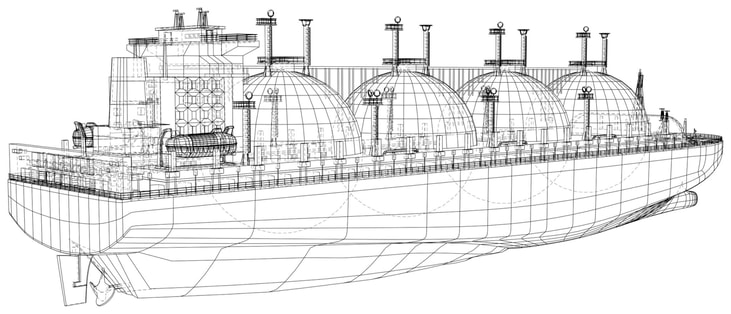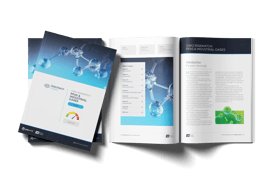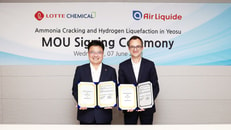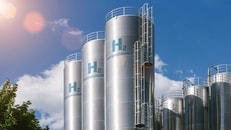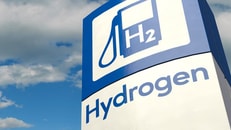Liquid gas transport guidelines for sloshing suffer ‘serious limitations’, says study
When transported overseas by cargo ships, clean energy sources and eco-friendly fuels such as hydrogen and natural gas are kept in a liquid state within large tanks to increase safety and optimise storage space.
Tanks that are partially filled are subject to an action known as ‘sloshing’, when changes in speed and direction of the ship cause the liquid to move back and forth. To reduce the risk of this phenomenon causing damage to the tank’s structure and toppling of the vessel, maritime organisations have provided ‘classification rules’ – guidelines for calculating sloshing loads based on a series of design parameters.
A new study from two South Korean universities has revealed that these guidelines may be suffering from ‘serious limitations’, potentially resulting in unsafe transport of liquid gases.
... to continue reading you must be subscribed

